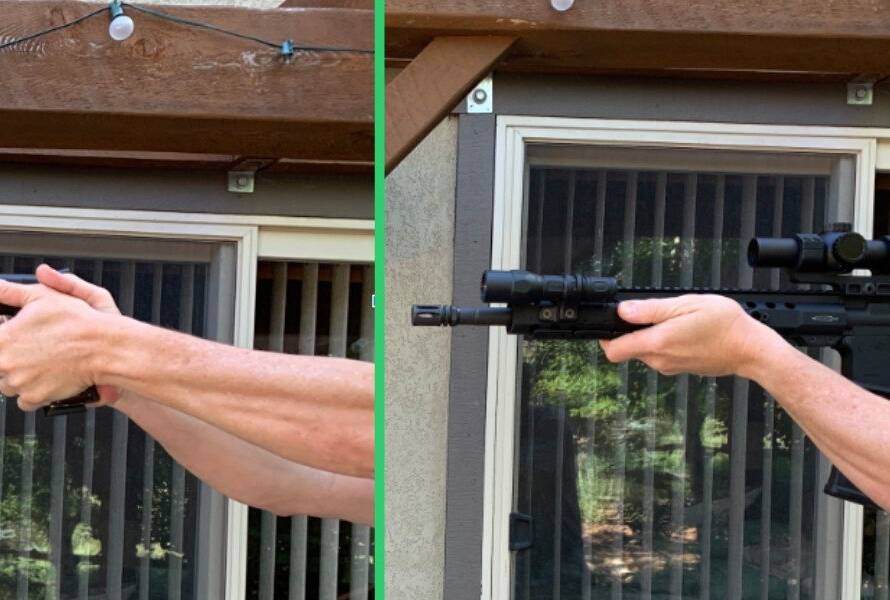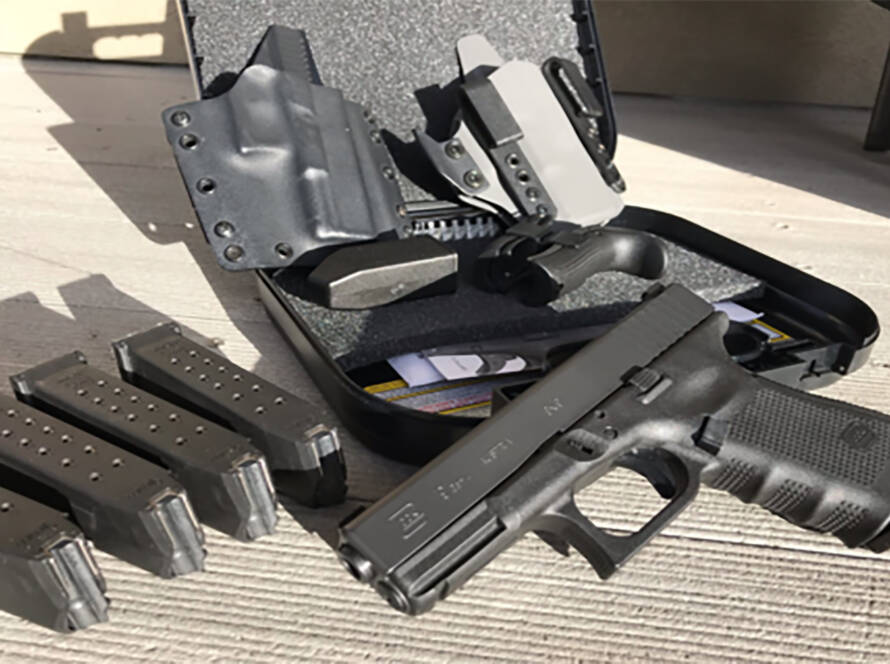Over 68% of firearm owners own a rifle of some kind.
Whatever the reason you choose to own a rifle, you know that gun parts can quickly become expensive. Gun owners often save money customizing their rifles by buying used or refurbished scopes.
Just like buying a used car, it’s important to do your homework before buying a scope. Before you spend money on a scope that doesn’t suit your needs, you’ll want to know what you’re looking for.
In this article, we’ve covered everything a gun owner should know when shopping for used scopes. Read on for all the factors to consider when buying refurbished scopes!
Used vs. Refurbished Scopes
The word “refurbished” might give you pause when you’re choosing from the available scope options. You might get the idea that the scope is damaged, defective, or poorly made.
However, products marked as “refurbished” often have less wear than ones marked “used.” A scope becomes refurbished when a customer sends it back to the manufacturer.
While damage is one reason a customer may return a scope, it can also be due to simple things like shipping errors. After being returned, scopes are thoroughly inspected and tested before being resold at a discount.
Used scopes, on the other hand, have actually seen some use by the customer before the return. Typically, used scopes have more wear than refurbished scopes.
Now that you know the difference let’s look at the things you should keep in mind when you start shopping!
- Budget
As with any big purchase, the first decision to make is how much you’re willing to spend. While it’s fun to shop for the scope with all the bells and whistles, narrowing down what you can afford can make the selection process easier.
A simple way to decide on a budget is to look at the value of your rifle. After all, it doesn’t make sense to put a $3,000 scope on a $1,200 rifle.
Instead, consider limiting your budget to half the cost of your rifle. For example, if your rifle costs $1,500, plan to spend no more than $750.
- Reason for Refurbishing
Although retailers thoroughly inspect refurbished scopes, they still carry slightly more risk than buying new scopes. If a retailer lists a scope as refurbished, they will often include the reason in the listing.
It may be something as simple as being a floor model. Sometimes, the scope is as good as new, but it was shipped to a customer in error, and they returned it.
The reason for a scope’s refurbished status will give you insight into what kind of wear you can expect. If there is any damage, the retailer will specify the location and severity, and you can still trust that it doesn’t affect the scope’s quality.
- Intended Use
Once you have a budget you’re comfortable with; you’ll want to start narrowing down the type you want. The biggest factor for this decision is what you’ll be using the scope for.
There are roughly 20 million rifles in circulation in the United States, and gun owners typically use them for one of the following purposes:
- Hunting
- Home Defense
- Target shooting
- Marksmanship competitions
For each of these uses, a different type of scope will have advantages over others, and some applications may not require a scope at all. This also depends on the type of rifle you use.
- Weight
The weight of your scope will be more important for some applications than others. For example, long-distance shooting with a bipod isn’t affected by how heavy the scope is.
For a hunter planning to hike several miles tracking prey, however, a lightweight scope will be a big advantage. For shooting in an upright position, a lighter scope will also make aiming the rifle easier.
- Reticle
There are many types of reticles, or crosshairs, each with several variations. The reticle that’s best for you comes down partly to personal preference but also the kind of shooting you plan to do.
Many hunters prefer a scope with a dot sight or one with duplex crosshairs, which are thicker on the outer ends of the scope. Duplex crosshairs make it easier to aim in low-light environments.
Alternatively, a target shooter or competing marksman may prefer a German crosshair or rangefinding reticle. These are made specifically for long-distance shooting.
- Accessories
This tends to be a bigger concern with used products, but verify that your scope comes with all the necessary accessories. This includes caps, cases, and hardware.
You’ll want to make sure you have everything you need to get the most out of your scope, so check carefully what is included with the purchase. Keep in mind that the cost of additional accessories needs to stay within your budget, so add up the cost of the entire purchase.
- Maintenance
When you buy a quality scope, you should plan to take care of it properly to ensure it lasts. Research the kind of maintenance required to keep the scope in good working condition before you buy.
Think about how complicated it is to attach and detach the scope, as this will affect how time-consuming routine maintenance will be.
Take the Anxiety Out of Optic Shopping
Buying a new scope can be overwhelming with so many options available. If you’re considering refurbished scopes, this guide will help you make the right decision.
Once you have a budget in mind, think about what you use your rifle for. You can then narrow down the type of scope you want.
RKB Armory is run by a Marine Corps veteran. We set out to make optic buying easier and more affordable.
Contact us today to learn more about how we can help you find the perfect scope!





